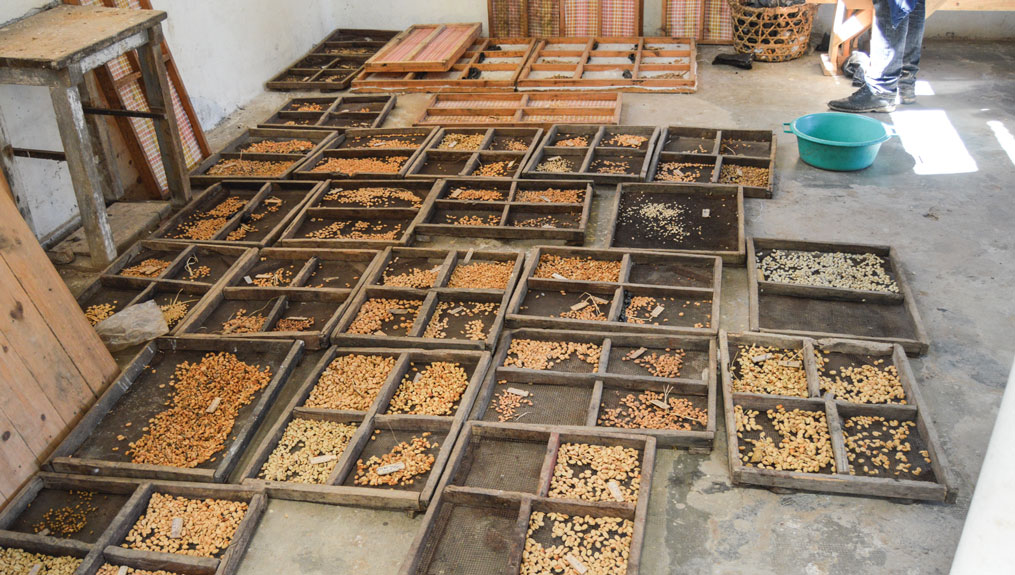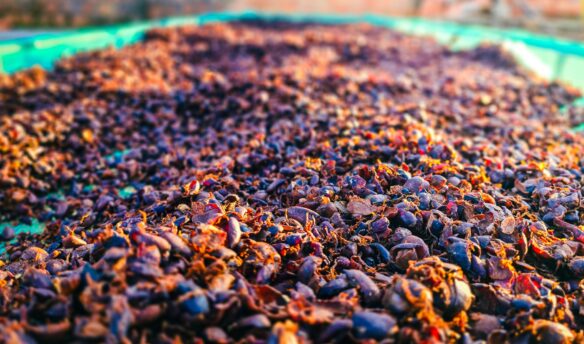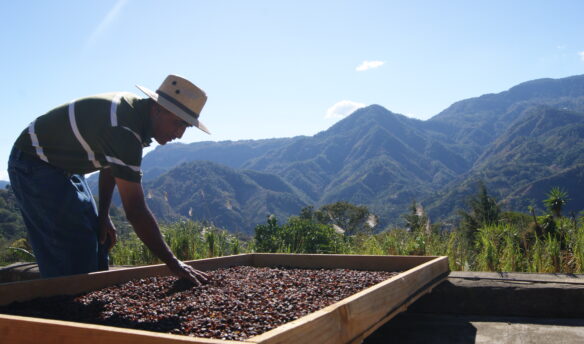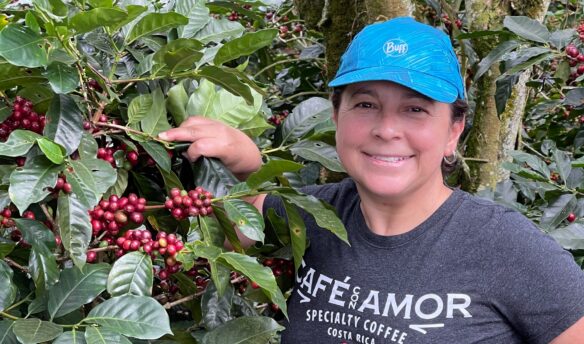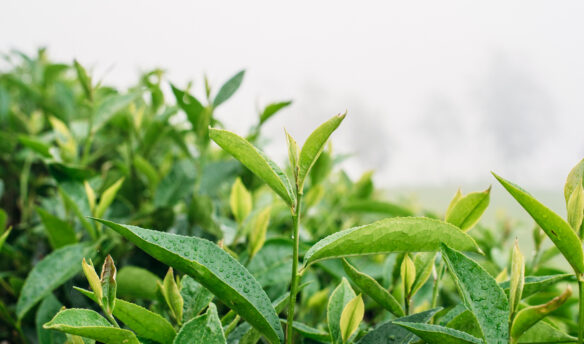Photo: World Coffee Research
[G]ermplasm—no, not something out of a Ghostbusters movie—is the collection of raw material for crop development. It’s also one of the coffee industry’s most important strategies for creating coffee plants that are able to survive the worst climate change has to throw at us.
World Coffee Research uses germplasm to pick desired characteristics (such as disease resistance and drought tolerance) from wild coffee species and breed it with domesticated Arabica plants to create F1 hybrids. Having a large bank of genetic material from which to pull is essential for programs like this to succeed.
A new study published in the scientific journal, Science Advances, found that at least 60 percent of wild coffee species are under threat of extinction. Of the 124 coffee species known to science, 13 are critically endangered, 40 are endangered, and 22 are considered vulnerable.

“At a time when so much focus is on addressing food security and livelihood income shortfalls for farmers, it is of great concern that the raw materials for possible solutions are highly threatened,” according to the study.
The study suggests that if we are to conserve the coffee industry, we need to conserve wild coffee to maintain a biodiversity bank for generations to come.



